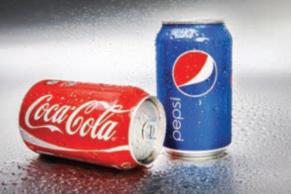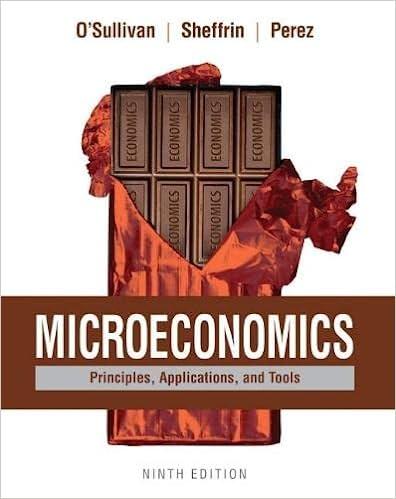In the Pepsi Challenge advertisements of the 1970s and 1980s, randomly chosen consumers tasted Pepsi and Coke,
Question:
In the “Pepsi Challenge” advertisements of the 1970s and 1980s, randomly chosen consumers tasted Pepsi and Coke, and a majority preferred Pepsi. Despite the apparent preference in favor of Pepsi, a majority of buyers chose Coke. Thirty years later, neuroscientist Read Montague decided to run a Pepsi challenge while observing the brain activity of the subjects. When the taste test was blind—when the subjects didn’t know which brand they were drinking—more than half preferred Pepsi. When a person drank his or her preferred drink, there was heightened activity in the ventral striatum, an area where the brain values rewards and benefits.
Things changed when Montague told the subjects which brand they were drinking. In the nonblind tests, about threefourths preferred Coke. When a subject knew which brand he or she was tasting, there was heightened activity in the prefrontal cortex, where the brain uses higher-order cognition to make a choice. A consumer’s choice is based on gut-feeling benefits and costs (from the ventral striatum and other regions), as well as other factors. When the typical subject knowingly tasted Coke and then Pepsi, the activity in the prefrontal cortex was stronger for Coke than for Pepsi, presumably reflecting more favorable images and feelings associated with Coke commercials. For many subjects, the brand associations developed from Coke advertisements dominated the gut feelings in favor of Pepsi, so more subjects favored Coke. In other words, branding affects brain activity and consumer preference.

Question.
How does cognition affect consumer choice?
Step by Step Answer:

Microeconomics Principles Applications And Tools
ISBN: 9780134078878
9th Edition
Authors: Arthur O'Sullivan, Steven Sheffrin, Stephen Perez





